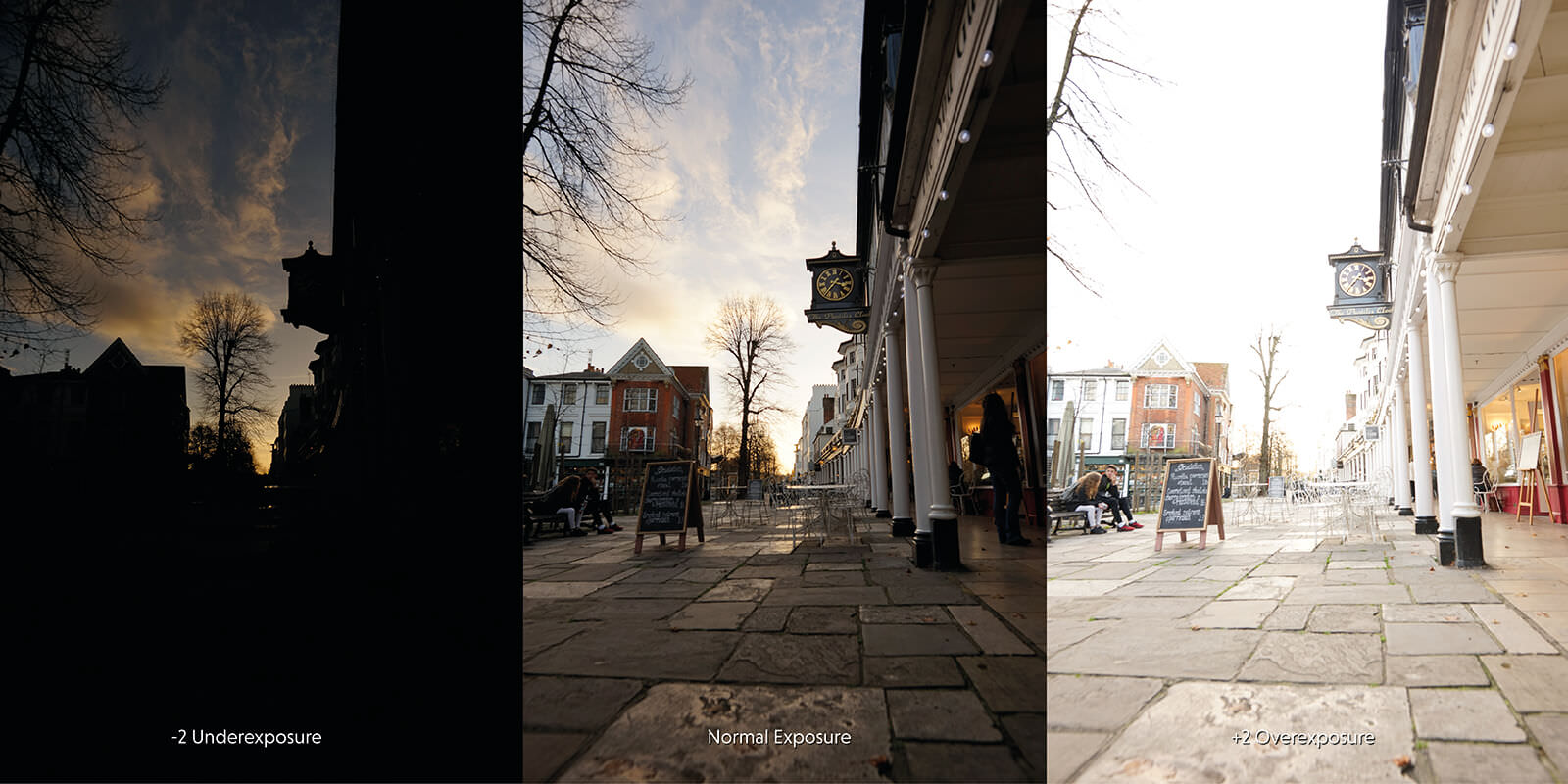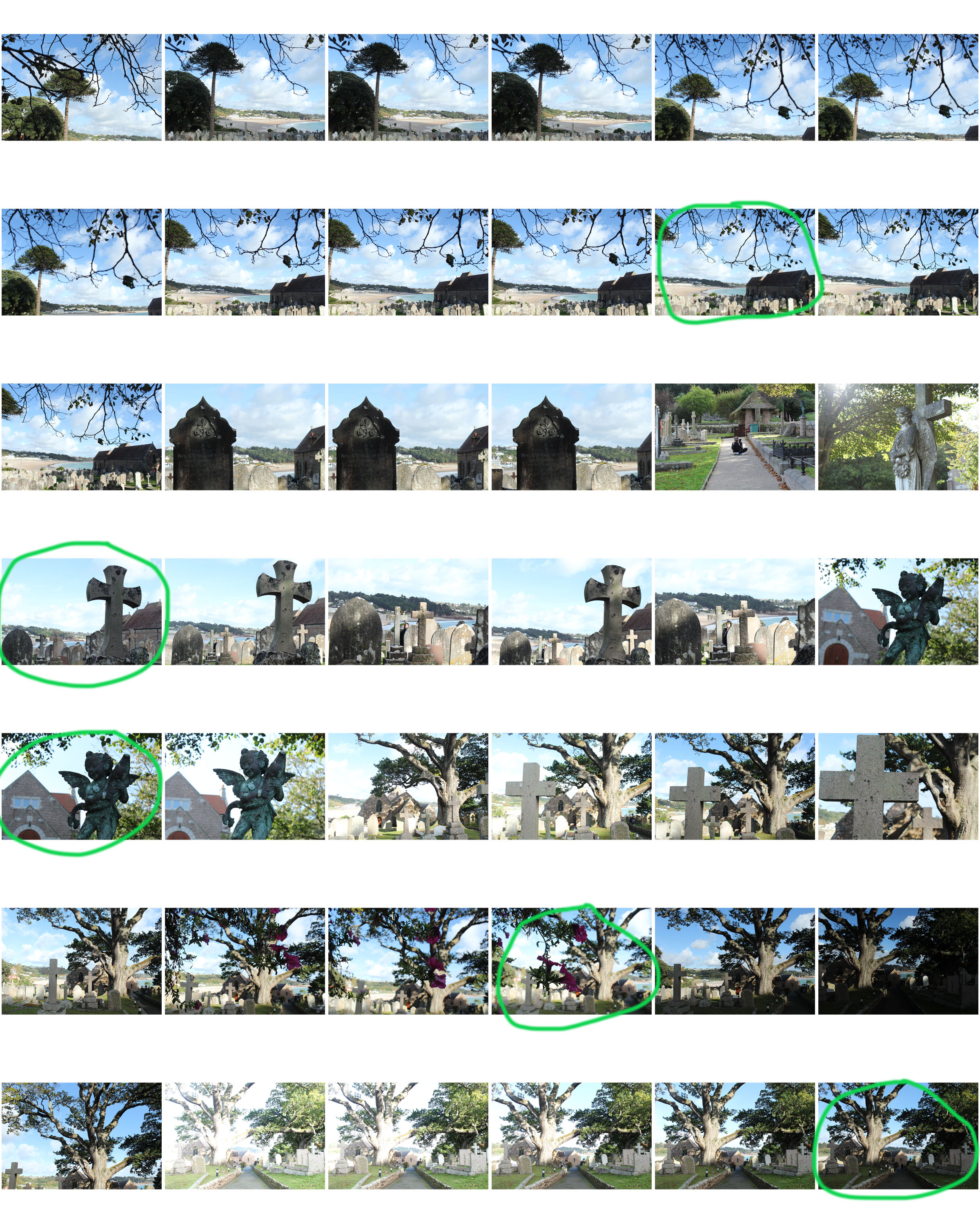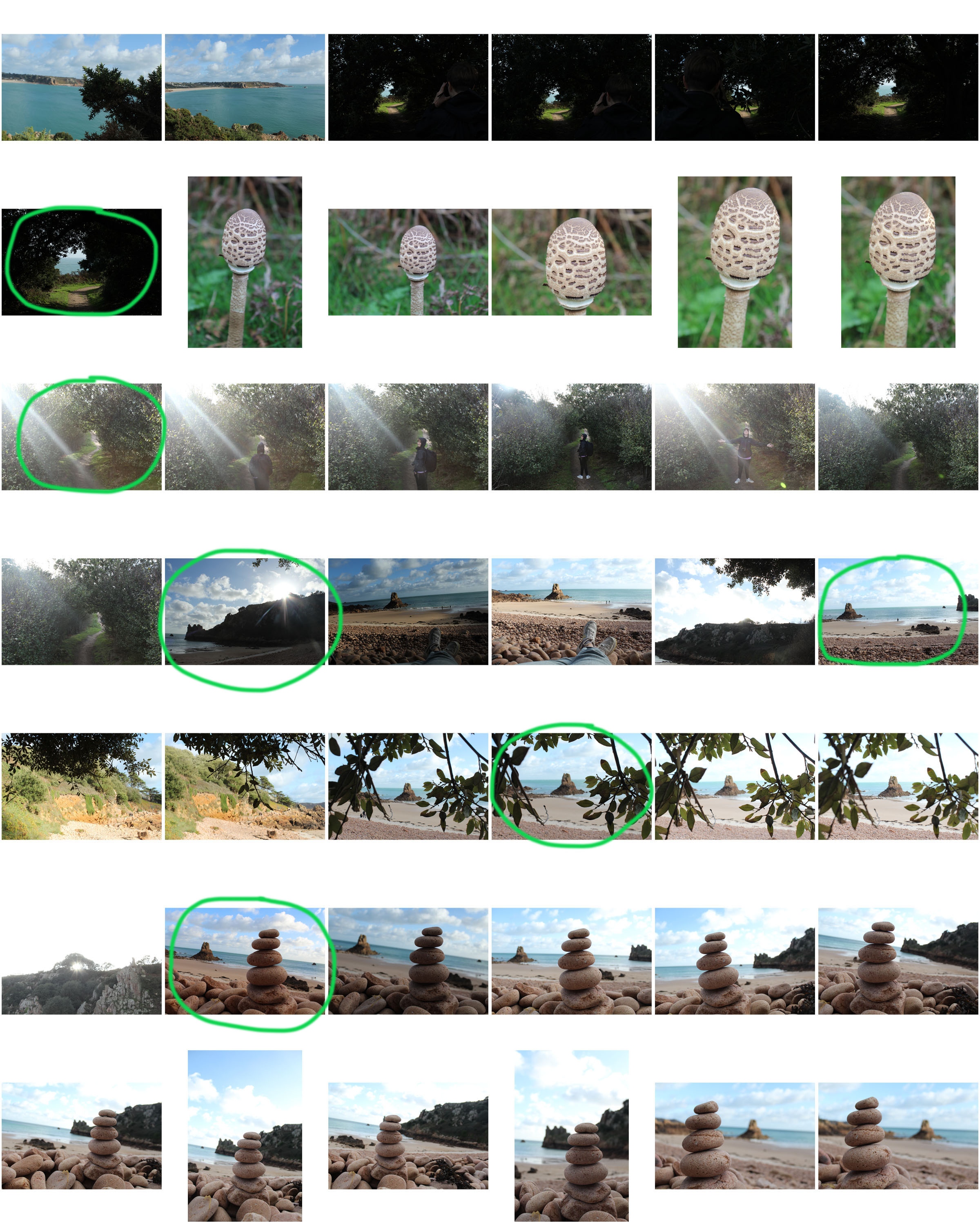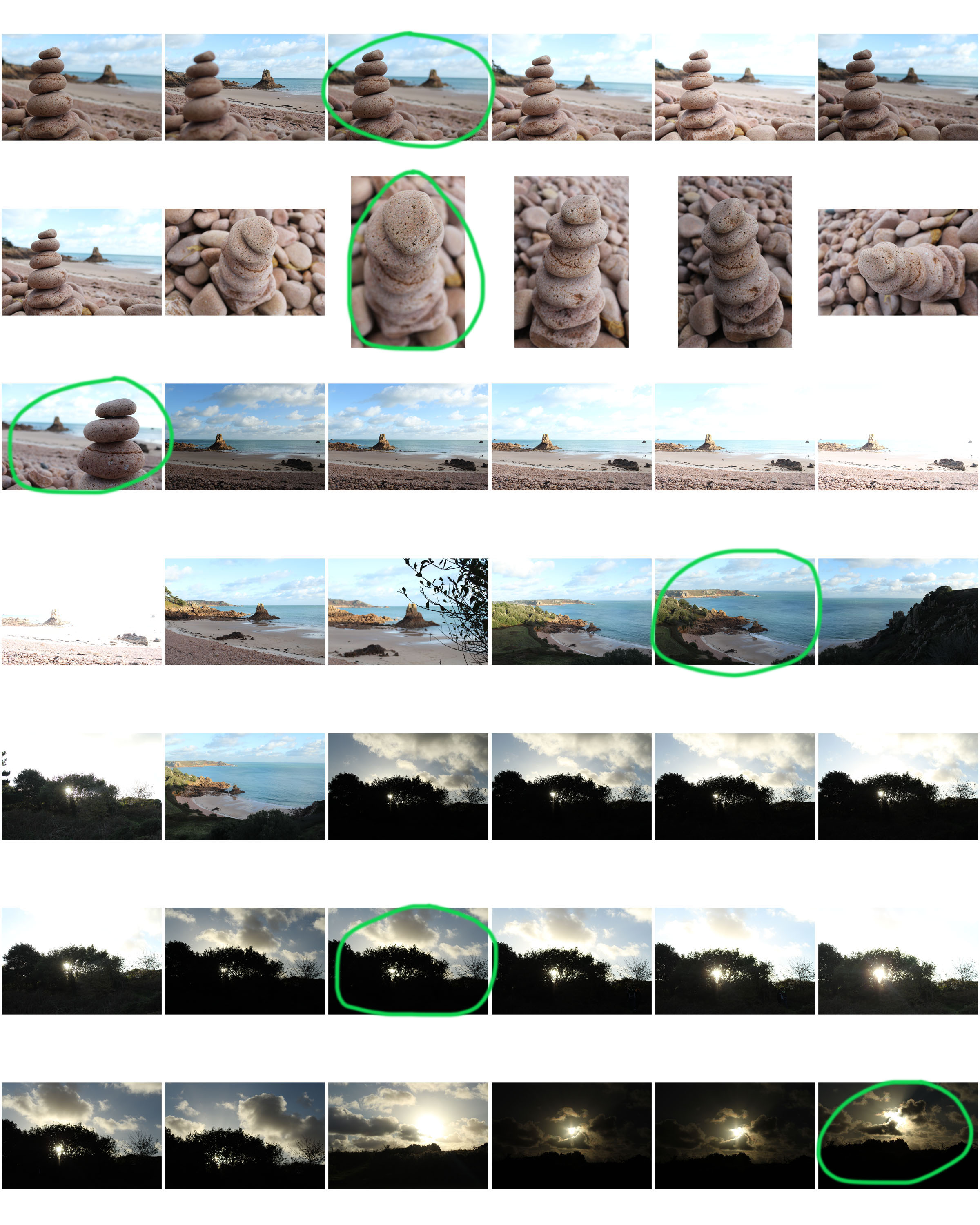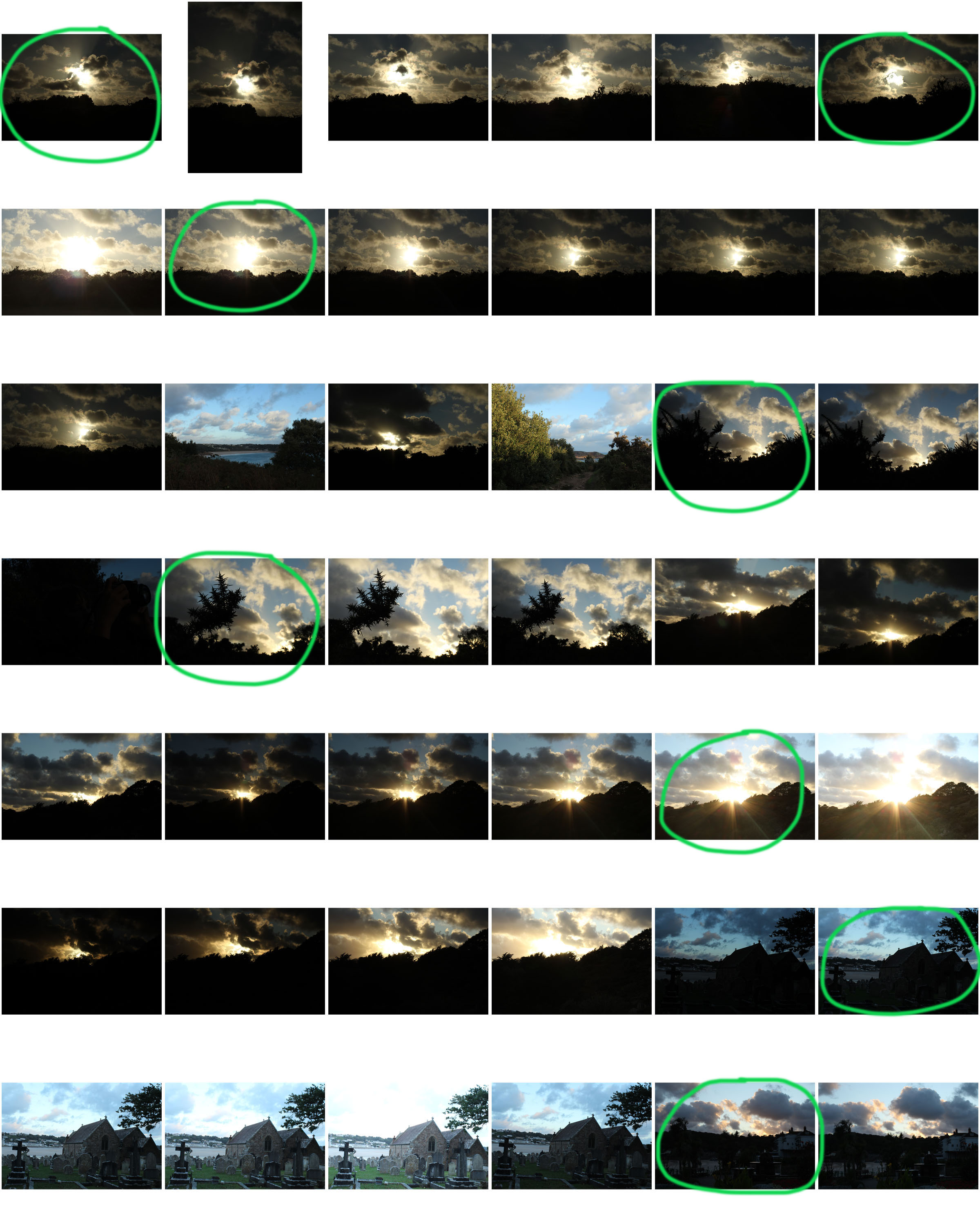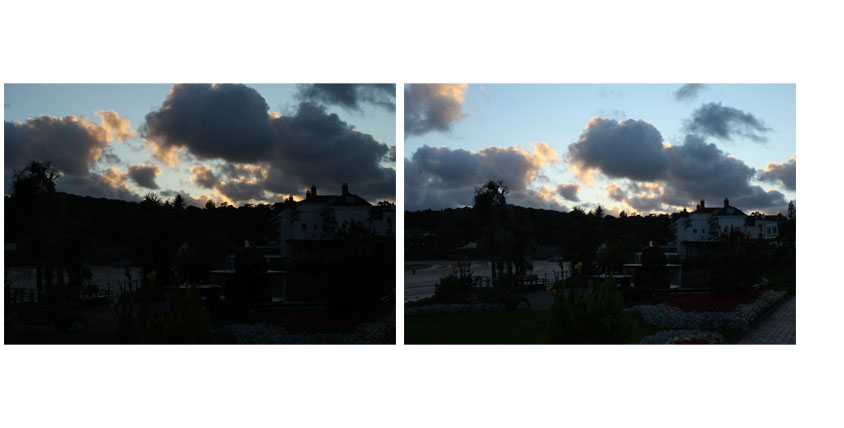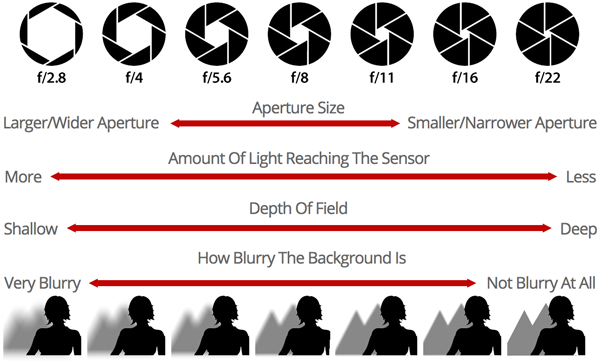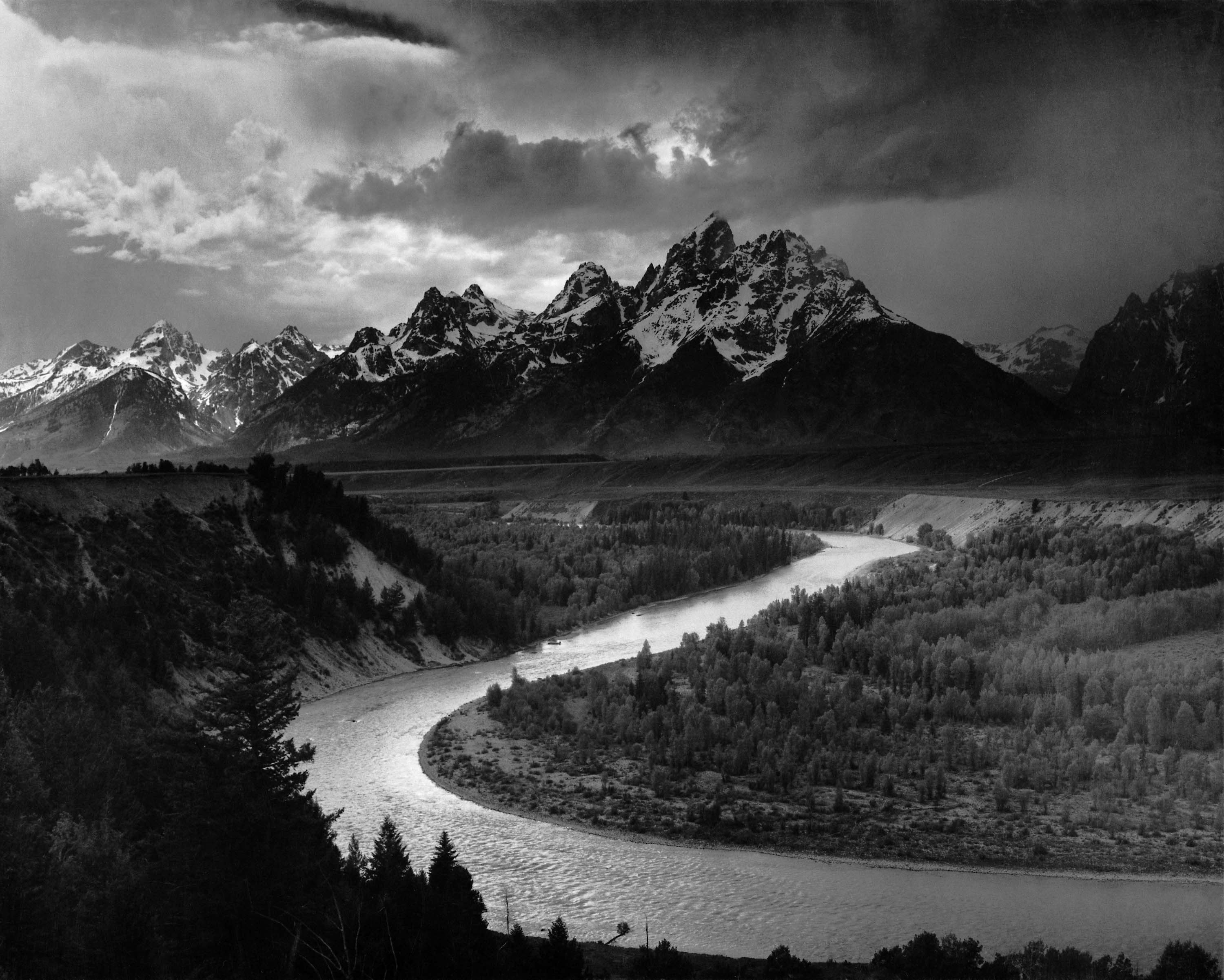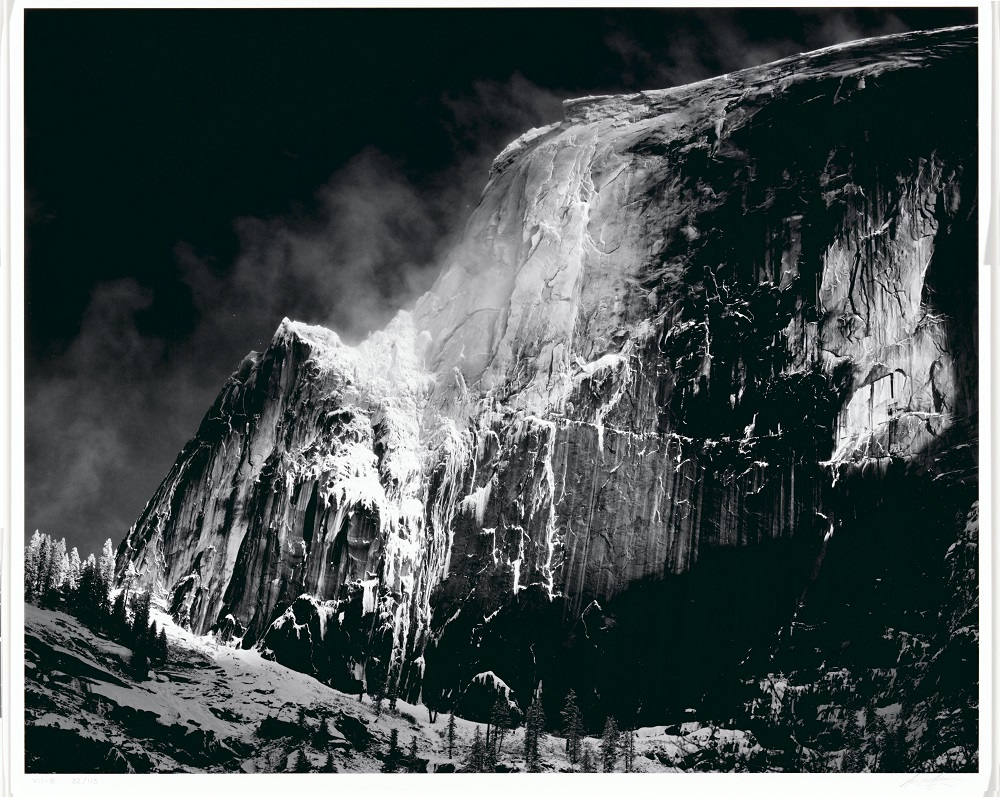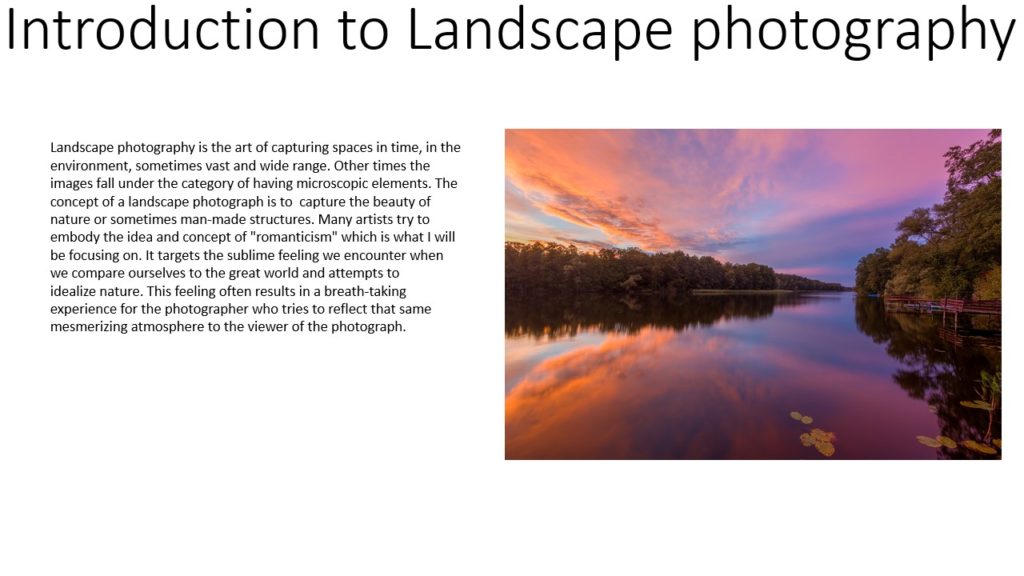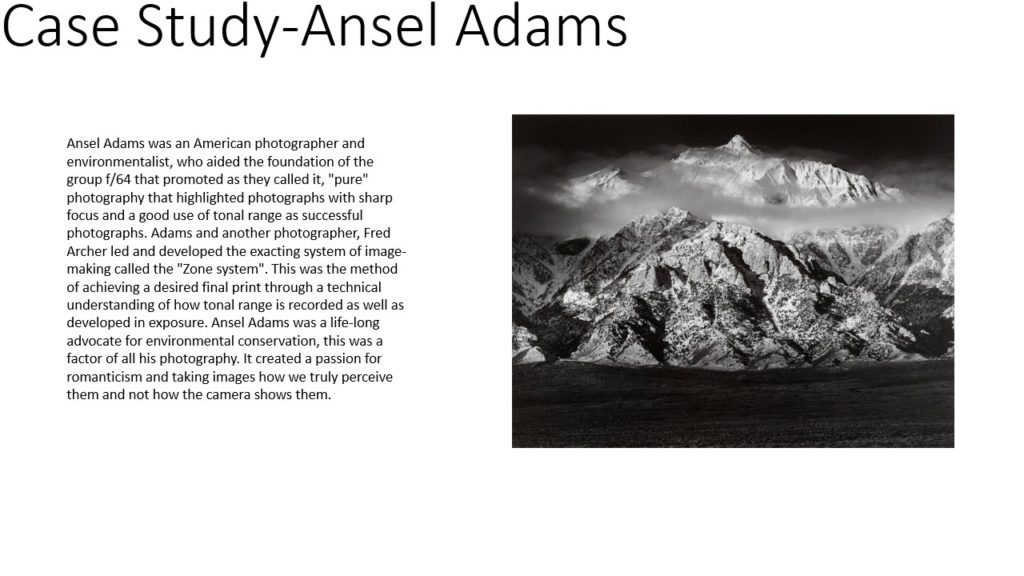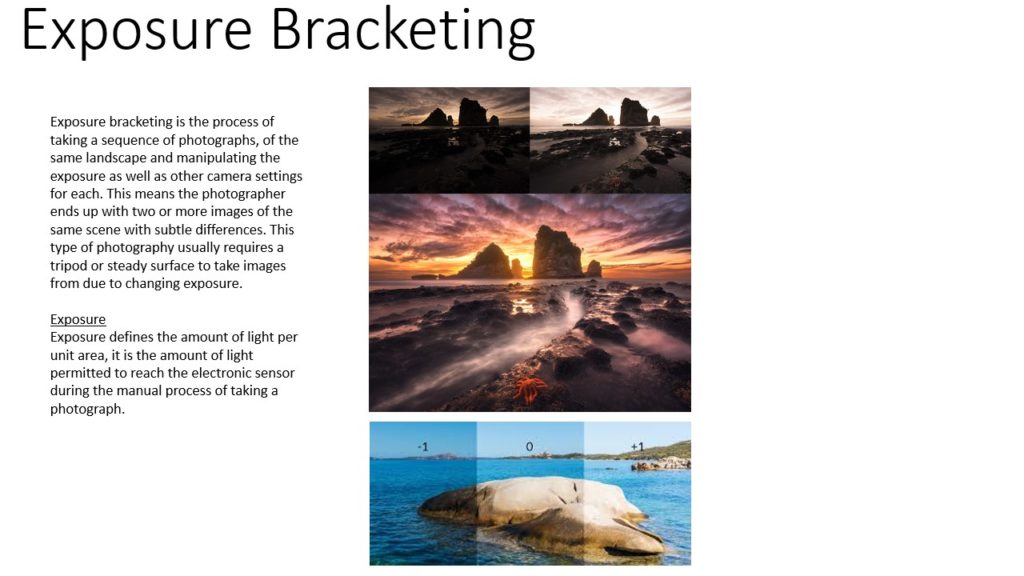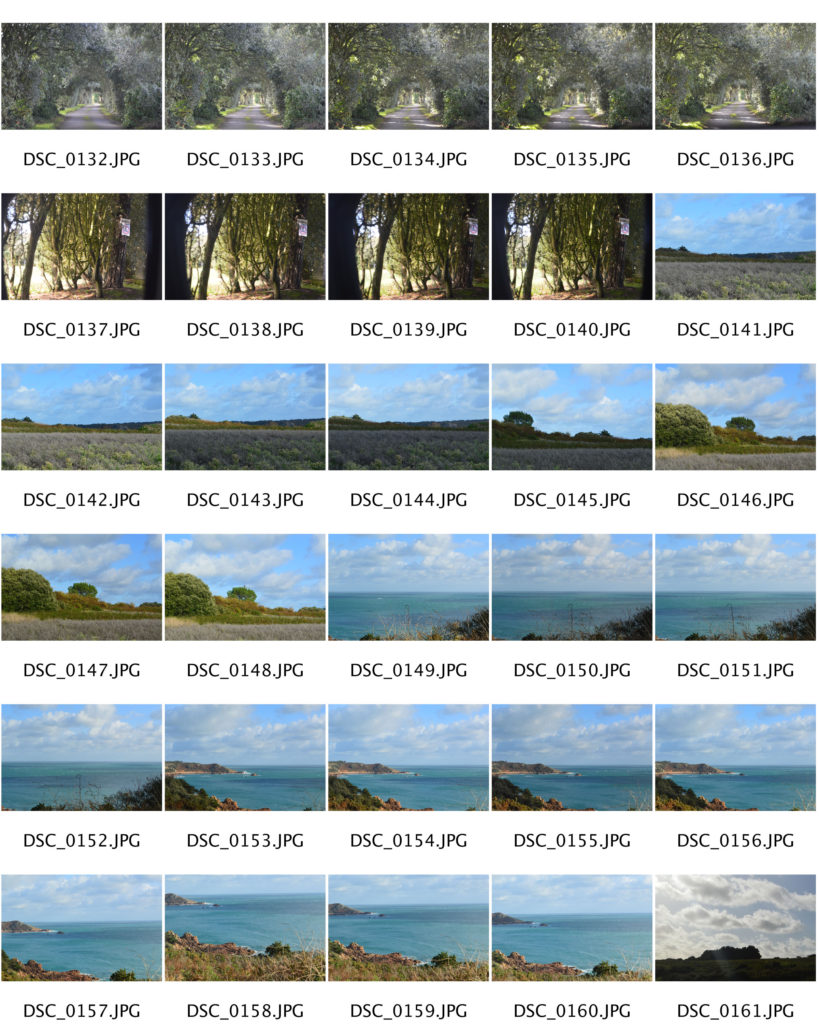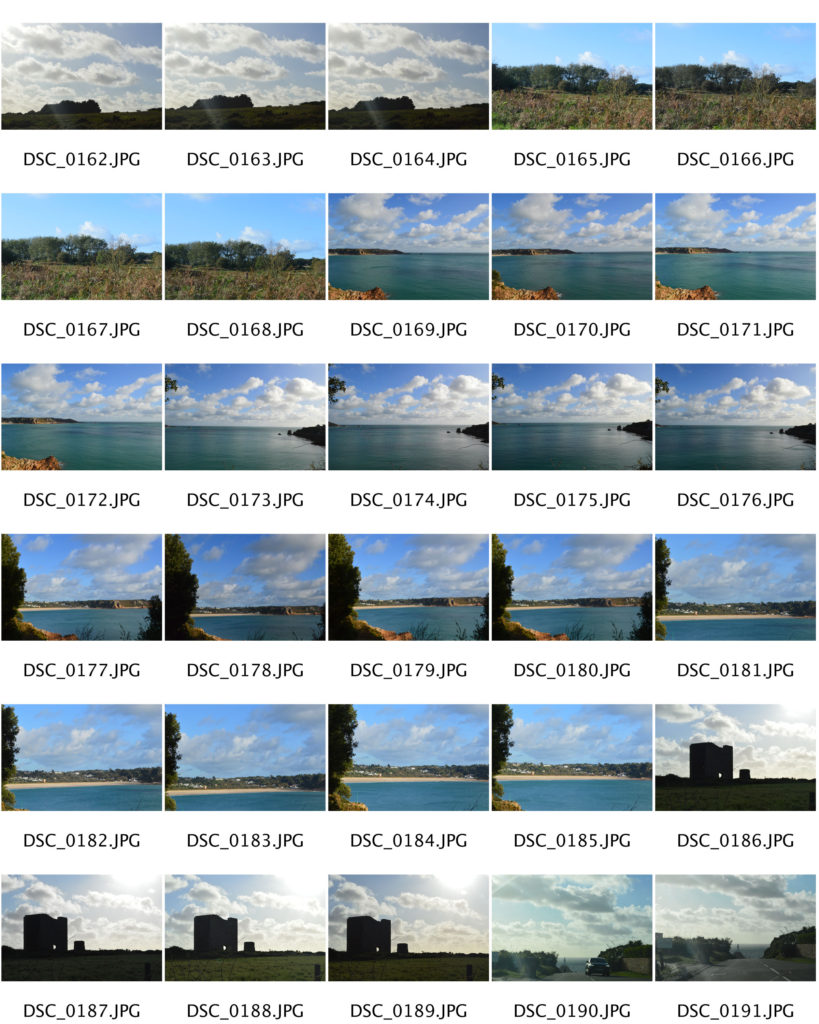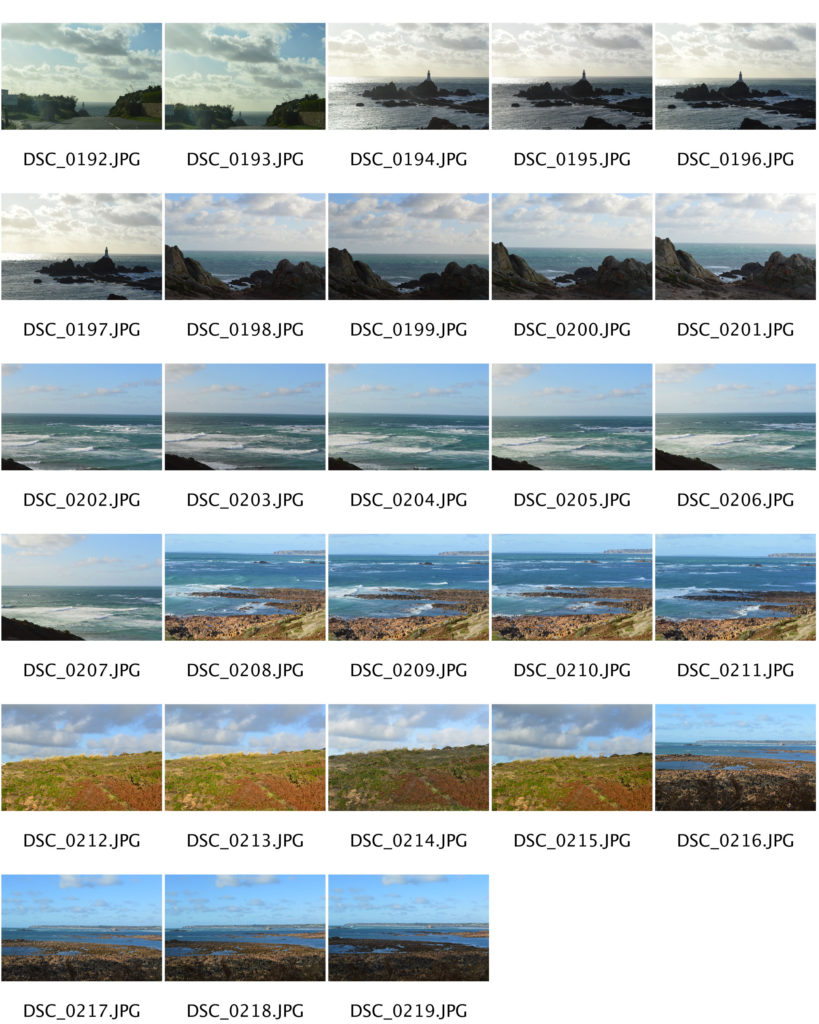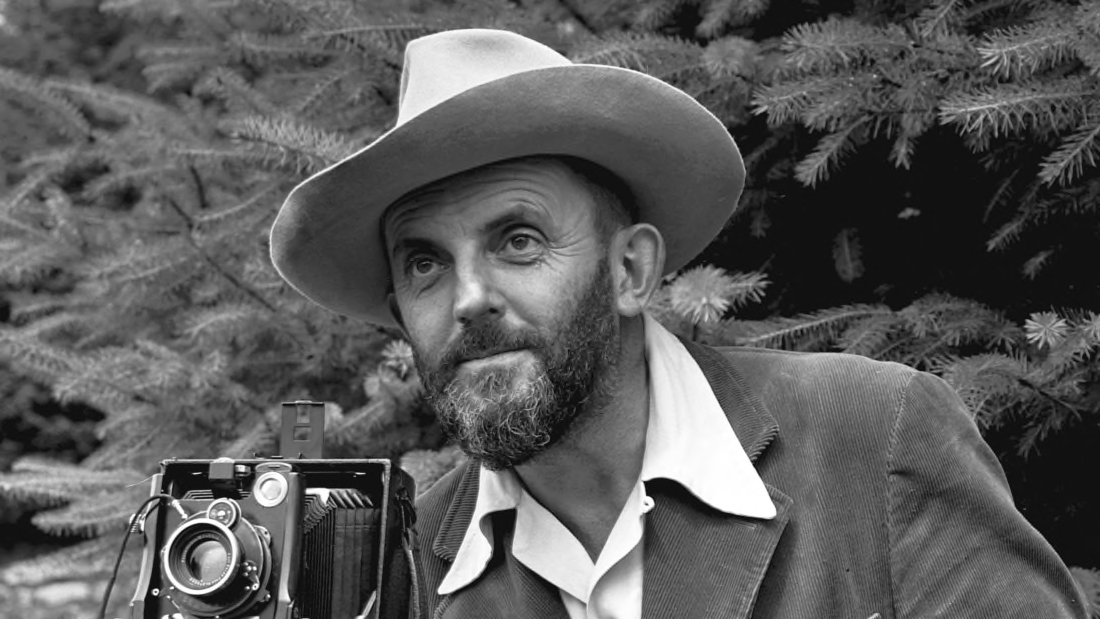PHOTOSHOOT PLAN:
WHO
I will be taking the photos, however with no human focal point, or any human make infrastructures, since landscape photography uses primarily nature only. As this is my approach to Romanticism, I will try to create focus on nature and exaggerate its beauty.
WHAT
I will be taking photos of the headlands of Plemont, including the waves of the coastline as they will be rough and strong, as well as the rocks and harsh cliff faces of the headland. This will also uncle some shrubbery and other plants surviving along the coast.
WHERE
My photoshoot will take place at plemont beach in St Ouen, primarily the cliffs to the right of the headland. I will also walk to the end of the headland in order to gain perspective of as many angles of the cliffs as possible.
WHEN
The photoshoot will take place on Sunday October 6th, from 4pm until around 6pm. The weather forecast is due to be sunny with some clouds, which should help exaggerate the colours of the landscape and give emotion and drama to the images.
WHY
I have chosen this time and place as the cliffs can be very powerful and I believe represent a very natural, beautiful landscape. Due to the weather conditions and time of day, the golden hour lighting and clouds will provide a good variety of natural lighting.
HOW
It may be windy so I will take a tripod in order to stabilise the camera when taking photos. I will further use a quick shutter speed, around 1/500 to make sure objects such as waves are not blurry. (this may mea I will need a lighter iso to brighten the image.) I may take photos with different ISO levels, so keeping the camera still will create a smooth combination of different photos to a HDR photo.
WHAT IS HDR AND HOW I WILL USE IT IN MY PHOTOSHOOT:

Bracketing refers to the changes in exposure between multiple image captures. This means taking frames at different light levels.
This can be done by changing the ISO on the camera settings. By changing the ISO number you can modify the brightness of the photo. By increasing the ISO, the image will become brighter, and by decreasing the ISO the image will become darker.
In the image to the left, a range of identical photographs are taken, however some are over exposed and some are under exposed, due to a change in ISO.

By taking photos at different exposures, a method called HDR can be used to increase the dynamic range in photographs, hence the name High Dynamic Range. Many applications such as Photoshop can be used to automate photos to HDR. When layering identical photos taken at different ISO’s it alters the ratio of light to dark, exaggerating highlights and shadows. This allows the viewer to experience a wider range or tones and colours when looking at a photo.

